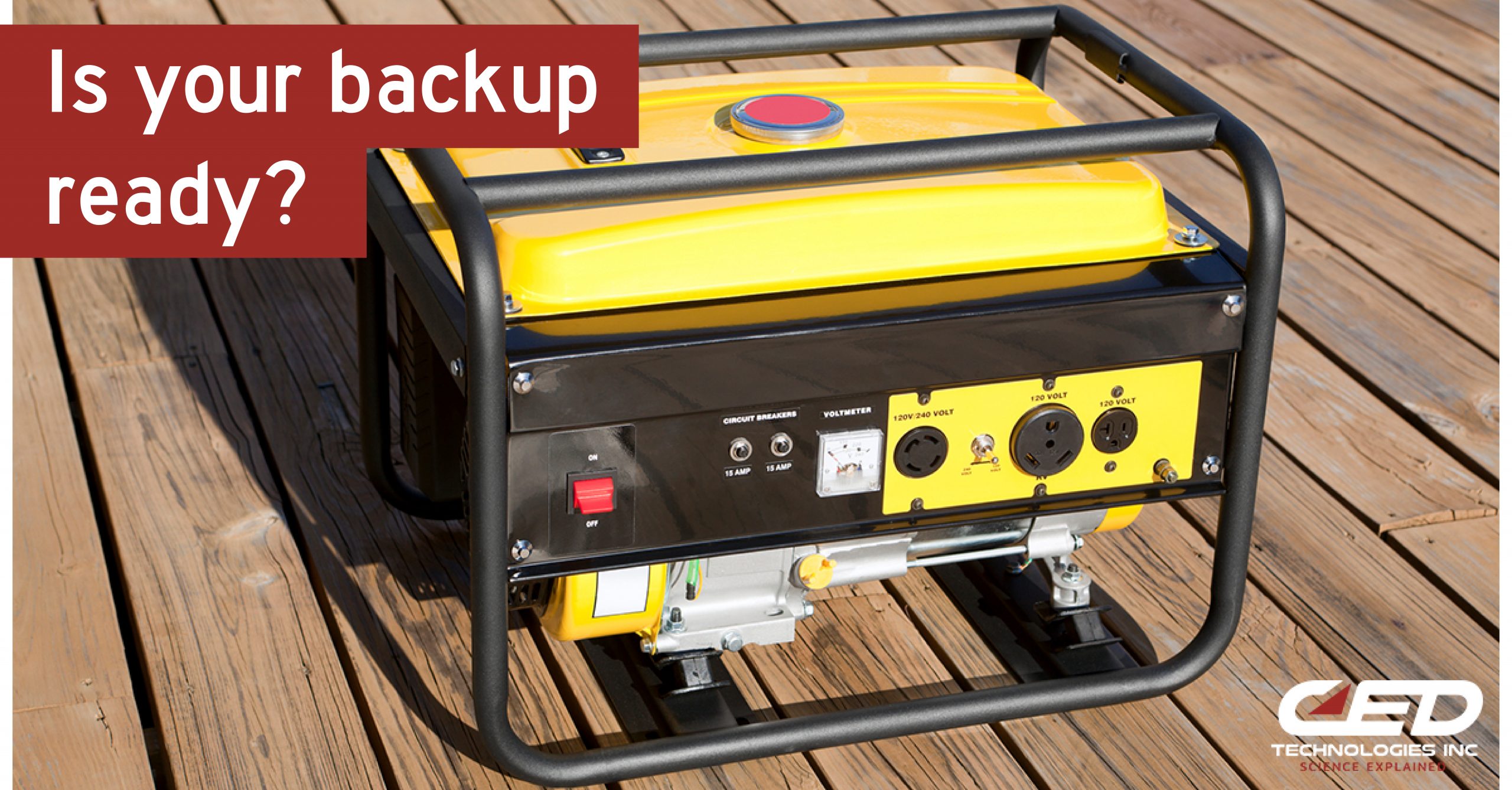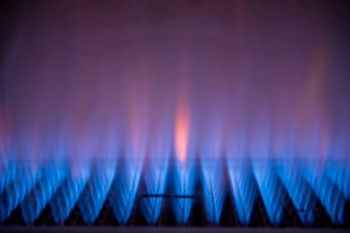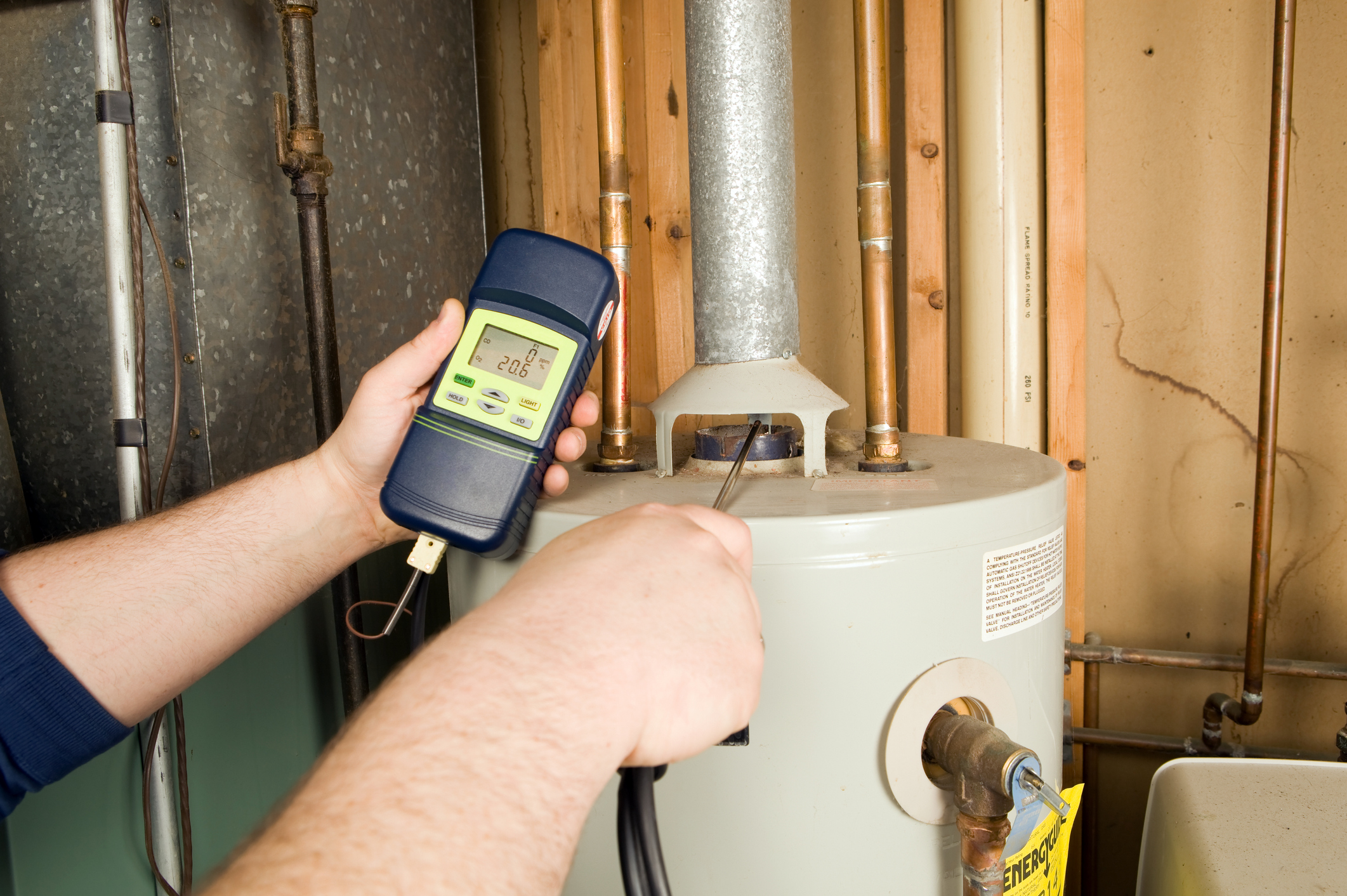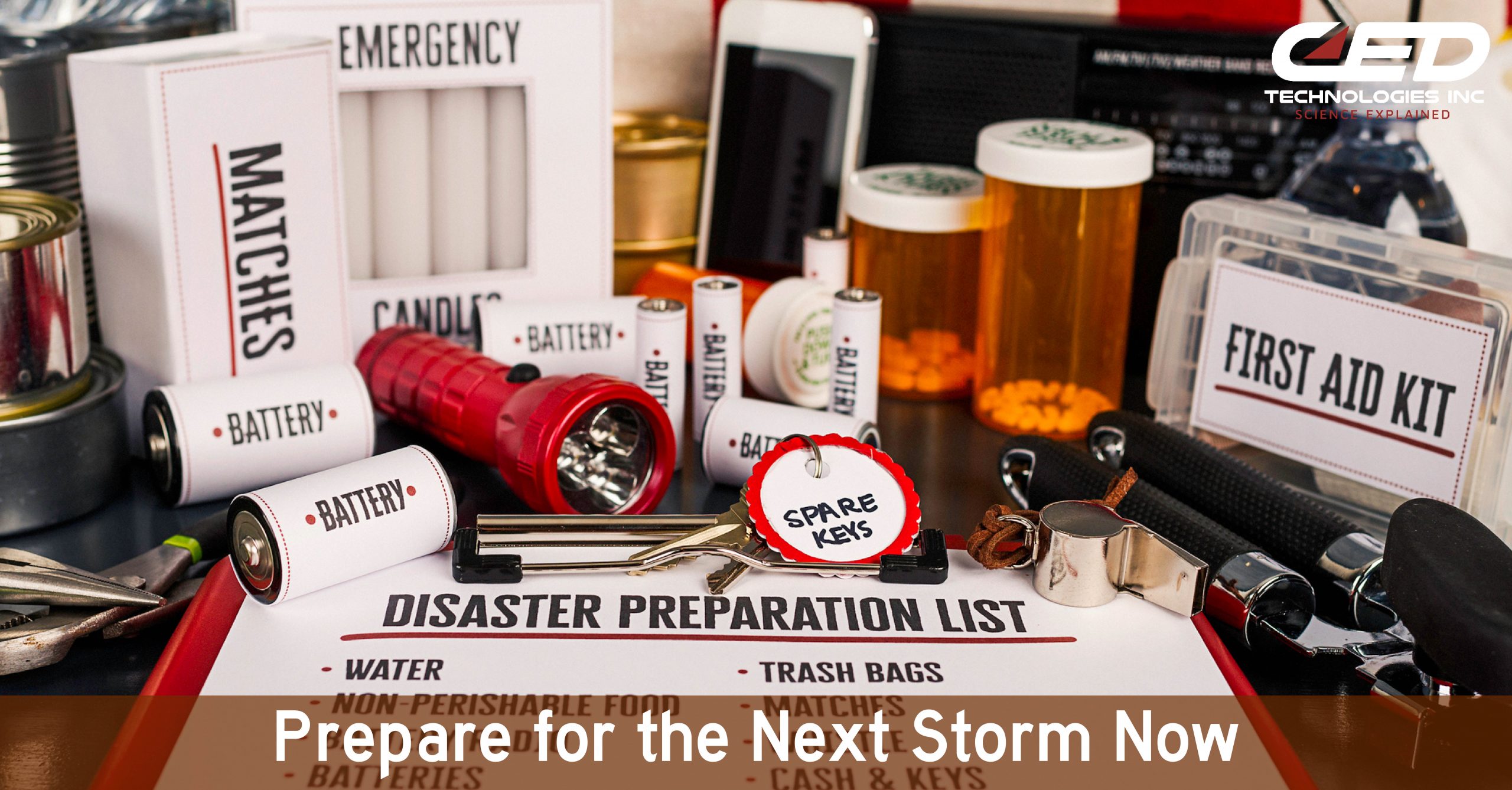A portable generator is a valuable piece of equipment in the aftermath of a storm or hurricane. Bringing appliances back online is usually the immediate goal. While a portable generator is instrumental in getting a home back up and running when the power goes out, it is important to know how to operate one safely.
Portable generators are more likely to cause Carbon Monoxide (CO) problems when compared to standby generators due to their attractive price and portability. Portable generators are also linked to high incidences of CO poisoning. It only takes a few minutes for high levels of CO to build up and cause a fatality.
CO is a colorless, odorless, and tasteless flammable gas, often referred to as “the silent killer.” Consumer Product Safety Commission (CPSC) reports that more than 900 people died of CO poisoning caused by portable generators between 2005 and 2017. CPSC data also shows that over 15,000 people were treated in emergency rooms for generator-related CO poisoning during that same period. Our previous article goes into more detail on the dangers of CO poisoning.
Modern portable generators feature an automatic shutoff sensor if CO builds up to dangerous levels in an enclosed space and other models have engines that emit less CO. Both are features that are likely to save lives.
No matter the model or age of portable generator you have, follow these top three safety tips:
- Never run a generator in an enclosed space or indoors. Most injuries and fatalities involving generators and CO poisoning stem from indoor use or in partially enclosed spaces. The most common is in basements or garages – two spaces that can easily trap deadly levels of CO. A portable generator must be placed at least 20 feet from the house and the resulting exhaust must be directed away from windows and doors.
- Avoid electrocution by keeping the generator dry – do not use in rain or wet conditions. Operation of the generator should be on a dry surface with a canopy-type structure shielding it from the elements. Tents for generators are available both online and in hardware stores. Never touch a generator with wet hands.
- Never try to power the entire house by plugging the generator into a wall outlet. This is known as ‘backfeeding,’ and puts your household, neighbors, and utility workers at risk of electrocution, as all three are served by the same transformer. This can also bypass critical circuit protection devices, damage sensitive electronics and start electrical fires.
Always read your manual, check your generator before and after use, and install a CO monitor. CED engineers have experience investigating generator malfunctions, generator related fires, CO-related incidents, warning label/safety manual inspections, and electrical issues. These are just some of the expertise that CED’s mechanical, electrical, and fire experts can assist you with on your next case.
Click Here To See Our Full List of Experts Click Here To Submit an Inquiry about a possible Claim or Case.






